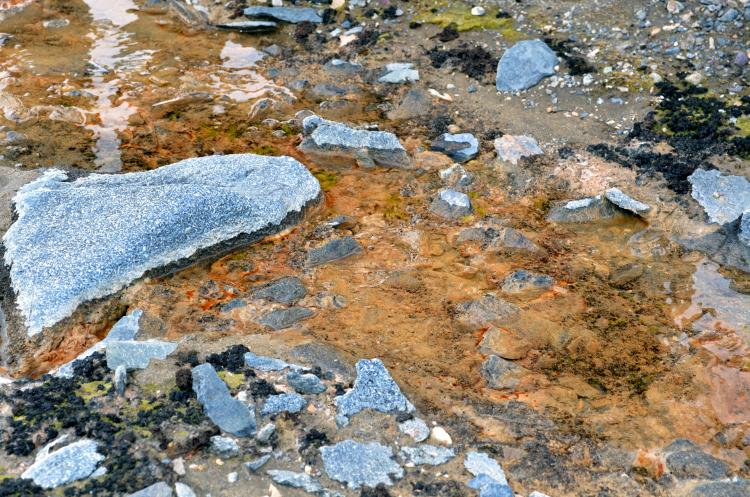The CU Museum is closed until January 8, 2026.
During this time, collection visits will be available by appointment and other special access requests will be considered on a case-by-case basis.
Please email cumuseum@colorado.edu for more information.
Lakes are calm and dark, for now.
Even the lakes in Antarctica contain lots of separate and different habitats. Imagine what it’s like under a permanent cover of ice: some sunlight gets through, but the water gets darker and colder the deeper you go. It’s very still. There are different conditions—distinct chemistry, even—depending on the depth. So, of course, the organisms that grow at each depth differ, too.
Now imagine more and warmer water spilling into the lakes in summer. The increased flow teems with organisms and nutrients from everywhere else in the landscape. The ice thins, more light penetrates, water starts moving around. Eventually, the lake’s ecosystem has fewer diverse pockets.
Slimy, layered sheets act like co-housing. Different kinds of organisms arrange themselves in tiers in these microbial mats. Each level contributes a specialized skill for survival. In a lake’s darkest deeps, the mats include kinds of algae that can eke out nutrients from small amounts of solar energy. Tiny animals—nematodes and tardigrades—shelter and feed in the interdependent layers.


